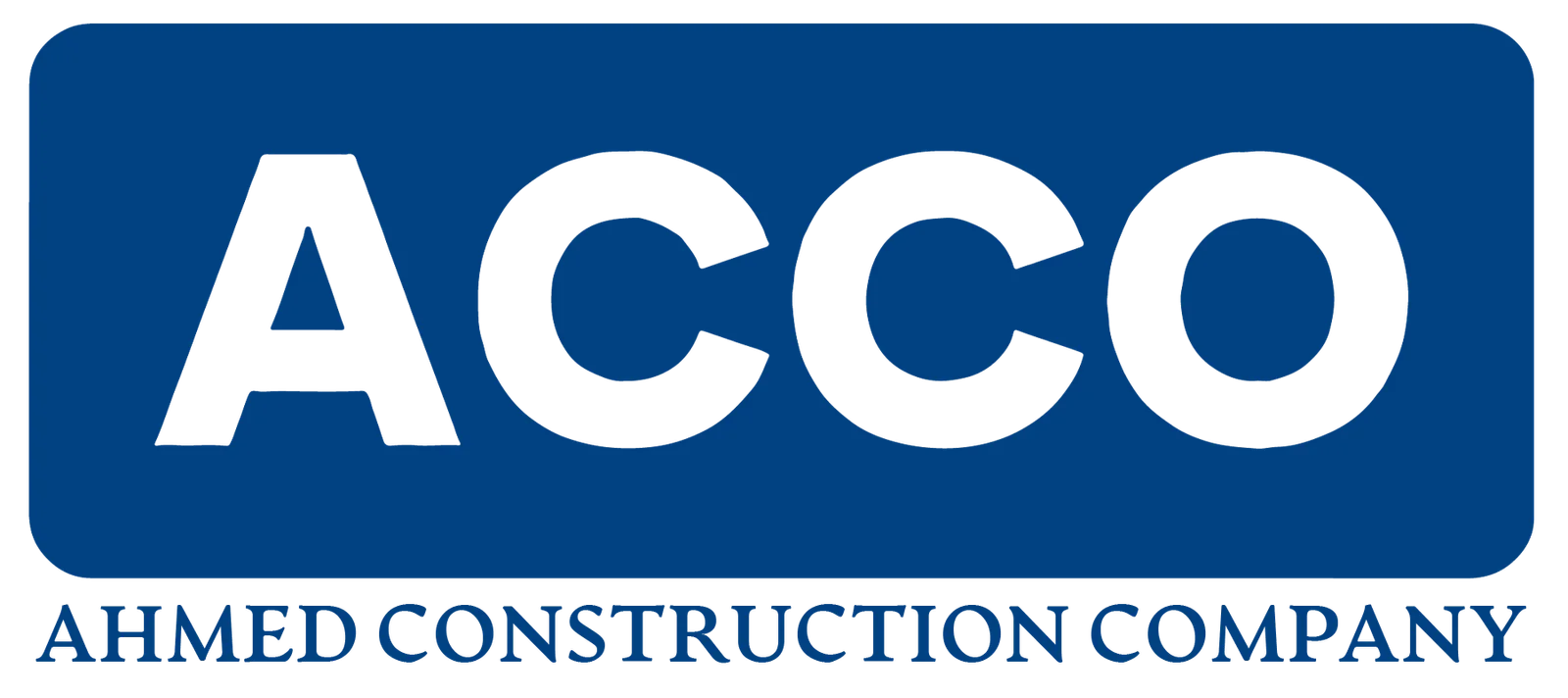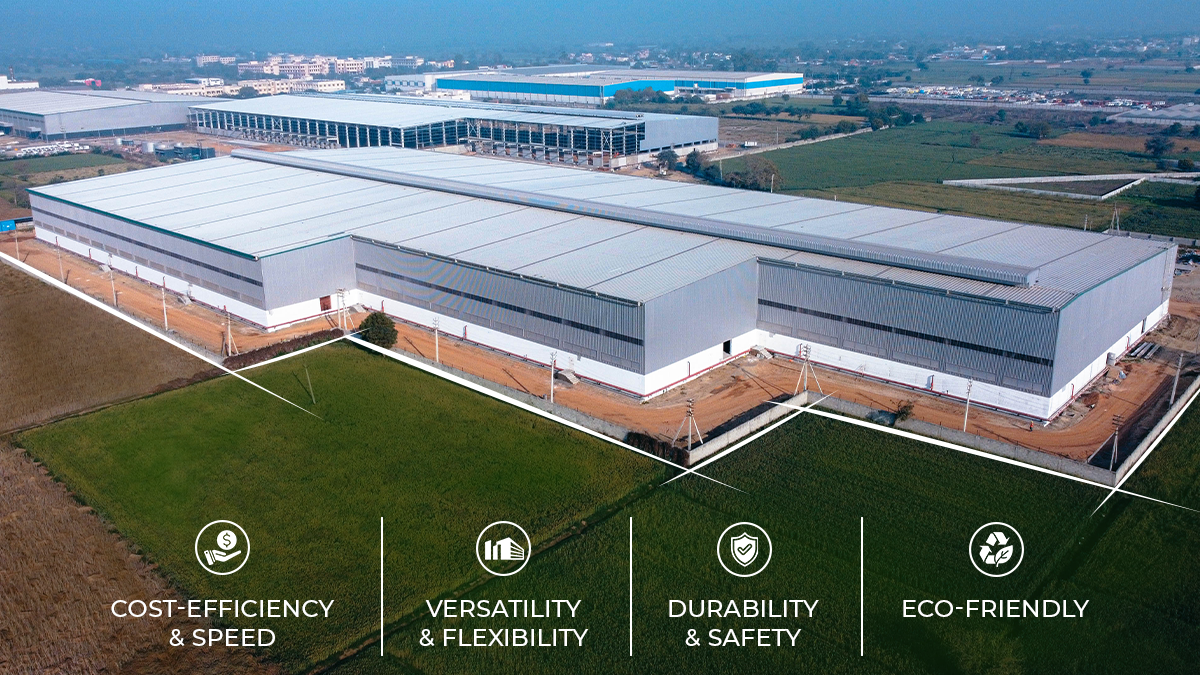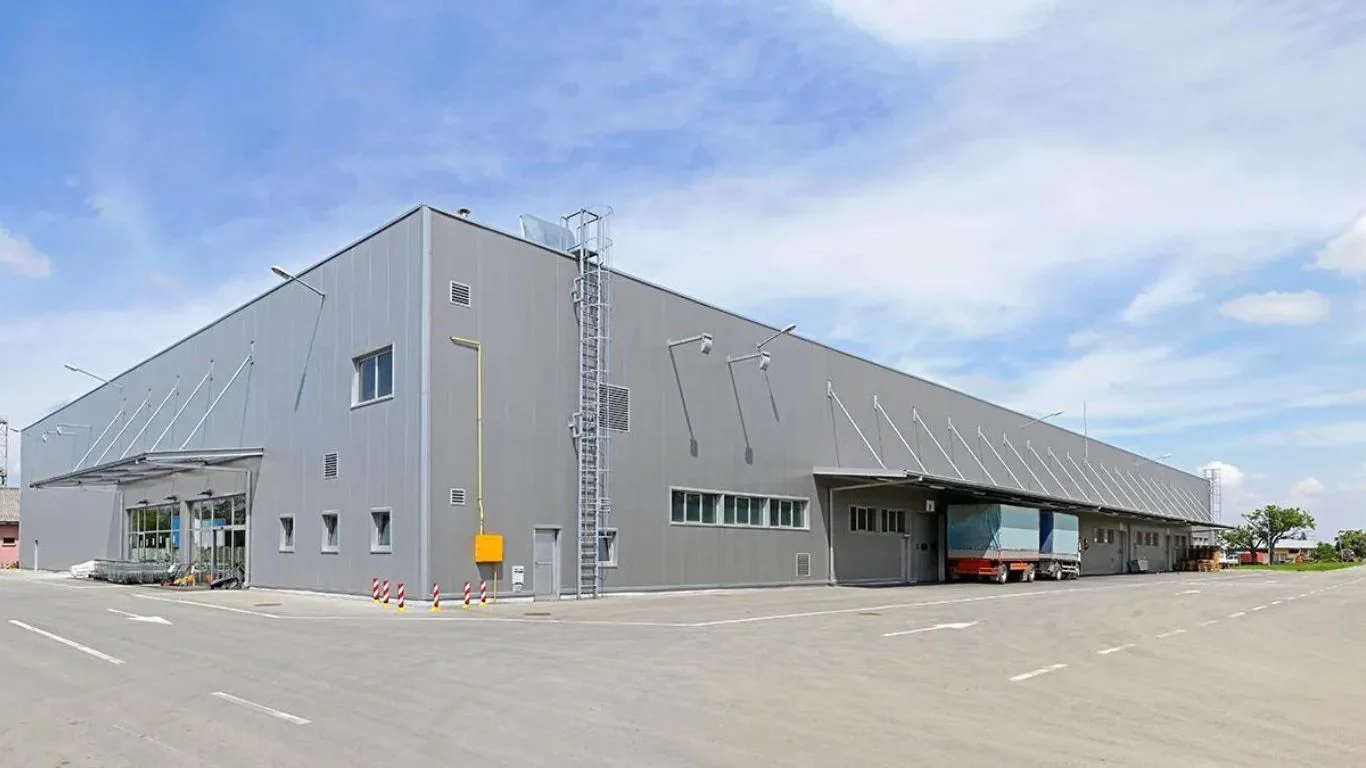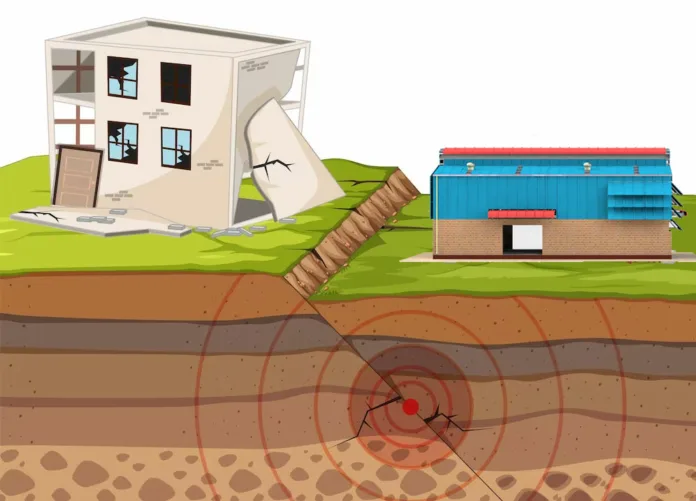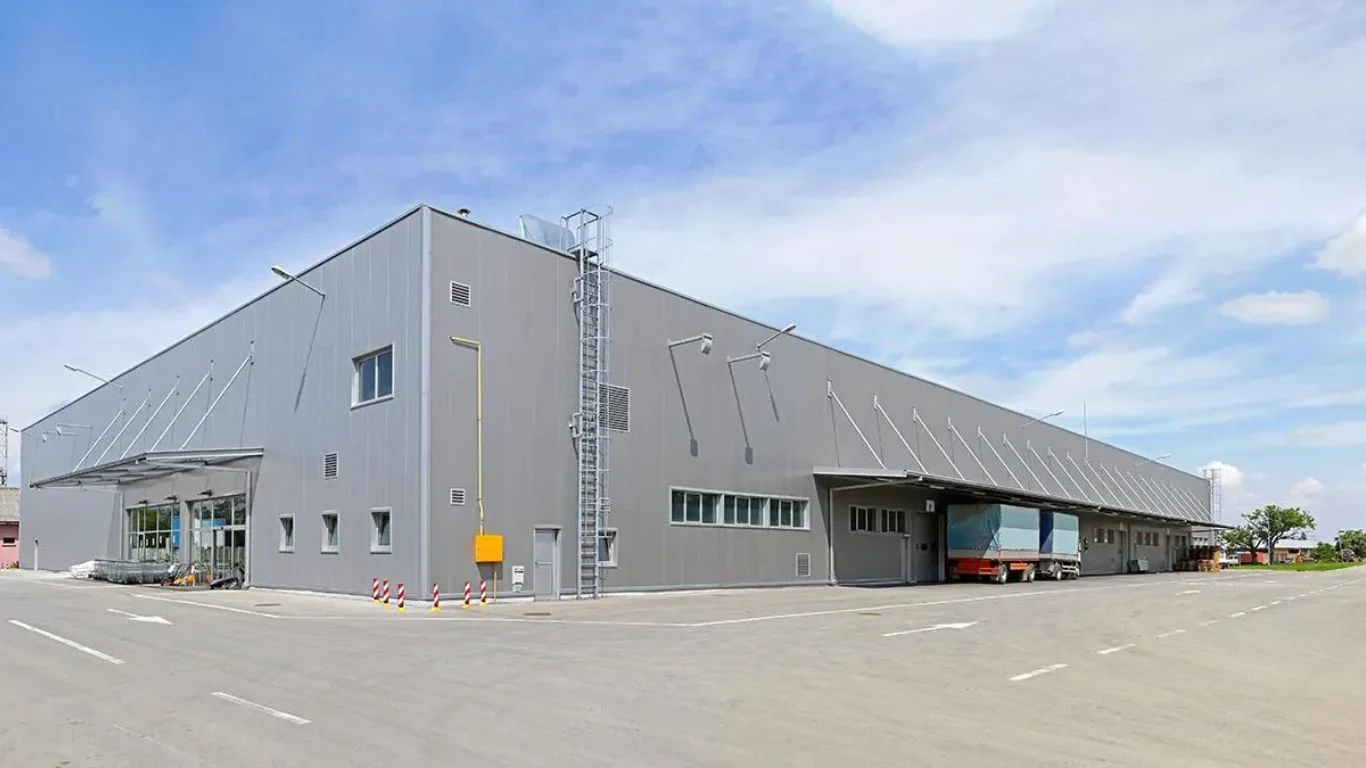
How PEB Buildings Improve Production Efficiency in Industries — ACCO Engineering
Introduction to ACCO Engineering
ACCO Engineering is one of Pakistan’s fastest-growing engineering and construction solution providers, specializing in Pre-Engineered Buildings (PEB), industrial steel structures, warehouses, and factory construction. Based in Lahore, the company delivers modern, durable, and cost-efficient engineering solutions for industries across Pakistan.
With years of experience in industrial construction, steel fabrication, PEB design, and factory layout planning, ACCO Engineering helps clients build spaces that boost production efficiency, reduce operational costs, and support long-term expansion.
Whether you’re a manufacturing unit, logistics company, pharma facility, textile mill, or FMCG brand—ACCO Engineering provides tailored structural solutions to meet industry standards and future growth demands.
Topic Introduction
In today’s fast-paced industrial environment, businesses need efficient building systems that support higher productivity, better workflow, and flexible expansion. This is where Pre-Engineered Buildings (PEB) have emerged as a game-changer.
This article explores How PEB Buildings Improve Production Efficiency in Industries and why Pakistan’s industries—from Lahore to Karachi, Faisalabad to Sialkot—are rapidly shifting from conventional RCC structures to PEB steel buildings.
In Pakistan’s competitive manufacturing landscape, optimizing production speed, safety, and space utilization can directly affect profitability. PEB buildings provide the perfect foundation for a high-performing industrial environment.

⭐ How PEB Buildings Improve Production Efficiency in Industries
(With Proven Benefits, Trends & Data)
1. Faster Construction Reduces Downtime
One of the biggest advantages of PEB buildings is rapid construction. Since all components are pre-fabricated off-site, assembling on-site becomes quick and seamless.
Key Benefits
50–60% faster construction than RCC
Prefabricated components ensure full accuracy
Reduced labour, machinery, and project management costs
Minimizes downtime and helps industries start operations faster
Example
A standard 40,000 sq. ft. warehouse can be completed in 8–10 weeks, whereas an RCC structure may take 8–12 months.
This speed directly improves operational efficiency and enables industries to meet market demands sooner.
2. Larger Clear Spans Improve Workflow
PEB buildings allow huge clear spans (no internal pillars)—ideal for factories requiring smooth movement of materials and manpower.
How Clear Spans Boost Efficiency
Better forklift & machinery movement
Uninterrupted assembly lines
Flexible production layouts
Easy installation of gantry cranes
Improved safety and accessibility
PEB buildings can achieve clear spans of up to 100 meters, perfect for industrial operations that depend on open floor space.
3. Flexibility for Future Expansion
Industrial facilities frequently need expansion—either vertical or horizontal. PEB buildings are designed for easy expansion without disrupting existing operations.
Expansion Benefits
Add bays easily
Increase covered area without major structural changes
Modify wall panels or roofing with minimal cost
Adjust heights for new machinery
This flexibility is a major driver for Pakistan’s fast-growing industries.
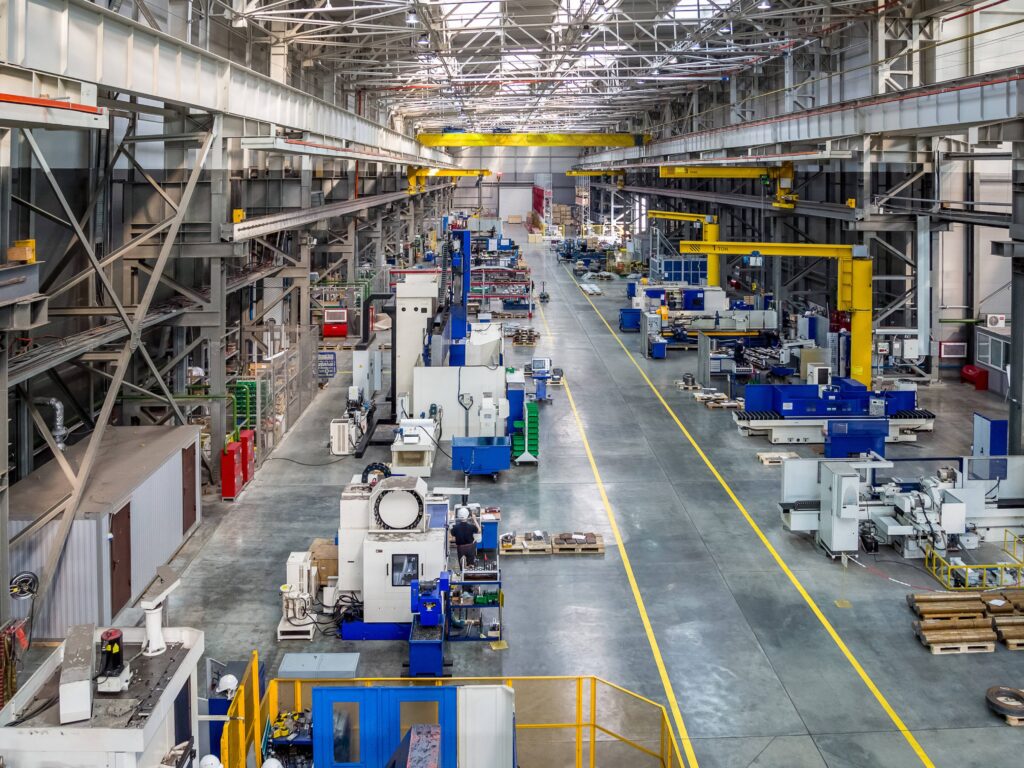
4. Optimized Ventilation & Temperature Control
Efficient industrial environments require controlled airflow and temperature. PEB buildings support multiple ventilation systems:
Ventilation Options:
Ridge vents
Turbo fans
Louvers
Insulated panels
Skylights
Benefits:
Reduced heat buildup
Lower energy bills
Better air quality
Improved worker comfort and productivity
Research shows that optimal ventilation enhances industrial productivity by 10–15%.
5. Better Natural Lighting Boosts Production
PEB roofing systems allow integration of translucent panels and skylights.
Benefits:
Reduces electricity consumption
Improves worker mood & accuracy
Increases safety
Enhances visibility in production lines
Natural lighting contributes to 10–20% improvement in operational performance.
6. High Structural Strength Supports Heavy Machinery
PEB structures are engineered to handle heavy industrial loads—machinery, cranes, storage racks, and material handling equipment.
Load Capacity Support
Gantry cranes
Conveyor belts
Mezzanine floors
Heavy storage units
Production line equipment
This strength ensures uninterrupted and efficient performance even in high-load industrial environments.
7. Low Maintenance = Better Operational Efficiency
PEB buildings use high-quality galvanized steel that minimizes maintenance requirements.
Low-Maintenance Advantages:
No cracks like concrete
No termite issues
Minimal repainting
Long lifespan of 40–60 years
Industries can focus on production, not repairs.
8. Superior Safety Compliance
Industrial efficiency increases when safety risks decrease. PEB buildings support safety standards such as:
Fire-resistance coatings
Proper emergency exits
Structural wind load compliance
Earthquake-resistant designs
Better alignment with Pakistan Building Code (PBC)
A safer workspace means fewer accidents and higher productivity.
9. Energy-Efficient Design Reduces Operating Costs
With insulated PUF panels, cool roofing, smart ventilation, and natural lighting, PEB buildings can reduce energy costs by 30–40%.
Lower operational costs → Higher industrial efficiency.
10. Long-Term Cost Savings Improve Profitability
PEB buildings are not only faster but more economical in the long run.
Cost Advantages:
Lower construction cost
Reduced labour
Lower energy bills
Minimal maintenance
Faster ROI
Longer lifespan
Most industries recover their investment within 3–4 years.
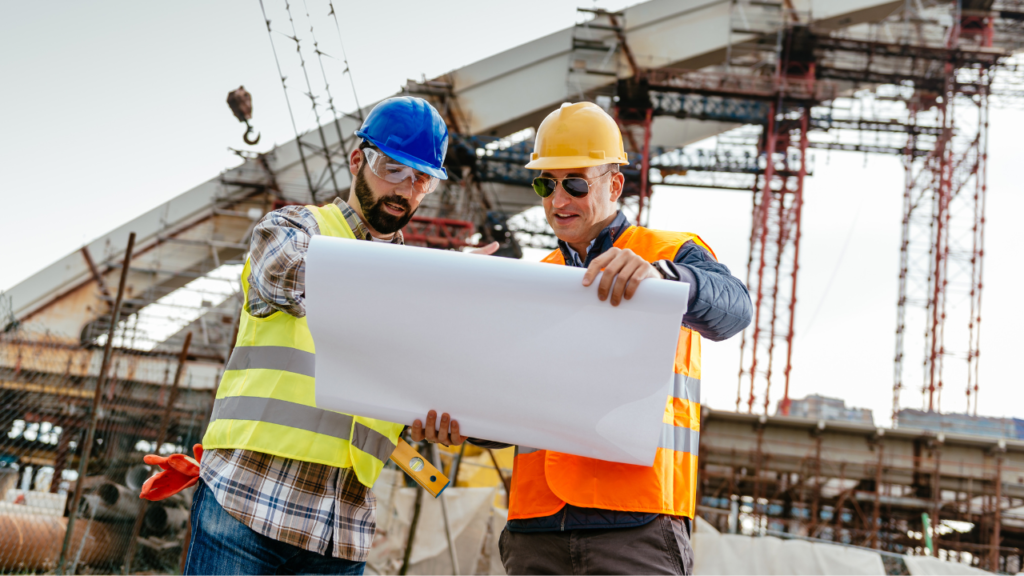
Pros & Cons of PEB Buildings
👍 Pros
✔ Faster construction
✔ Lower cost
✔ Flexible design
✔ Large clear spans
✔ High durability
✔ Energy efficient
✔ Ideal for industries
✔ Easy future expansion
👎 Cons
❌ Requires specialized PEB manufacturer
❌ Not ideal for extremely small structures
❌ Quality varies by contractor
❌ Slightly higher upfront design effort
Frequently Asked Questions (FAQs)
1. Are PEB buildings suitable for all types of industries?
Yes. Textiles, pharmaceuticals, FMCG, logistics, auto parts, and cold storage all benefit from PEB designs.
2. How long does it take to construct a PEB warehouse?
Usually 8–12 weeks, depending on size and complexity.
3. Are PEB buildings durable?
Yes. With proper galvanization, they last 40–60 years with minimal maintenance.
4. Can I install cranes inside a PEB building?
Absolutely. PEB structures support EOT cranes, jib cranes, gantry systems, and more.
5. Are PEB buildings energy efficient?
Yes. With insulation and ventilation, they significantly reduce energy consumption.
Internal Links (Add to Your Website)
House Construction in DHA Lahore
Commercial Plaza Builders Lahore
Industrial Steel Structure Services — ACCO Engineering
PEB Warehouse Construction in Pakistan
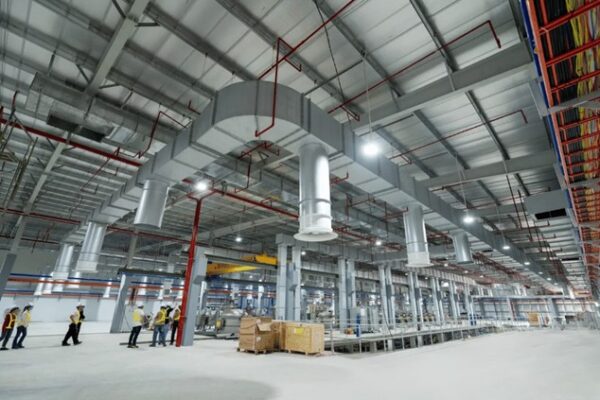
External Links (High Authority Sources)
Government construction guidelines: construction.gov.pk
Architecture trends: archdaily.com
Safety standards reference: osha.gov
Climate-based design reference: dawn.com articles on industrial development
Final Verdict / Conclusion
PEB buildings are transforming Pakistan’s industrial sector by providing fast, cost-effective, and high-performance construction solutions. They directly contribute to improved productivity, better workflow, reduced energy usage, and long-term operational efficiency.
For industries aiming to boost production, scale operations, or build future-ready facilities, PEB buildings are the smartest investment in 2025 and beyond.
Call to Action (CTA)
📞 Contact ACCO Engineering today for a free PEB consultation!
🌐 Website: www.accoengineering.com
📱 WhatsApp / Phone: 0322-8000190
✉️ Email: info@accoengineering.com
Related Posts
Post a Comment cancel reply
You must be logged in to post a comment.
